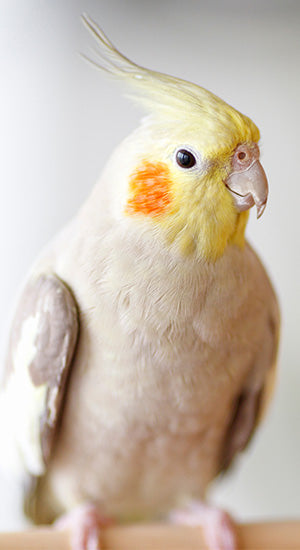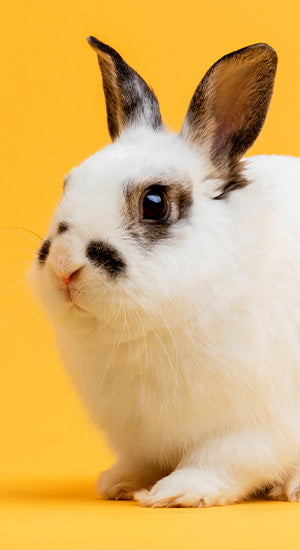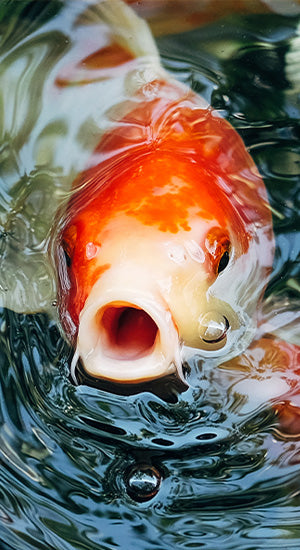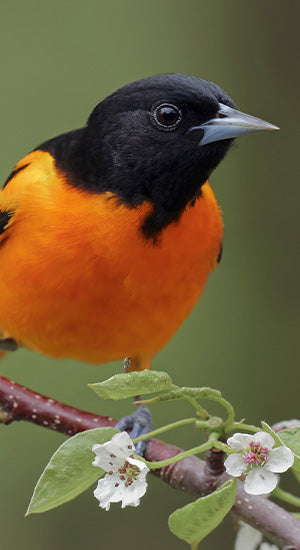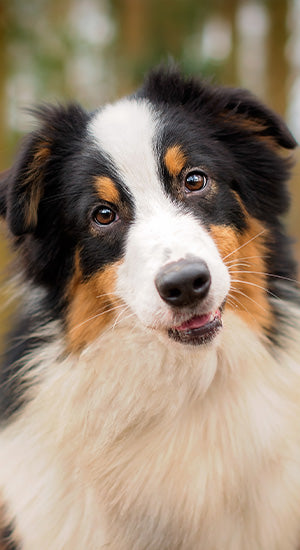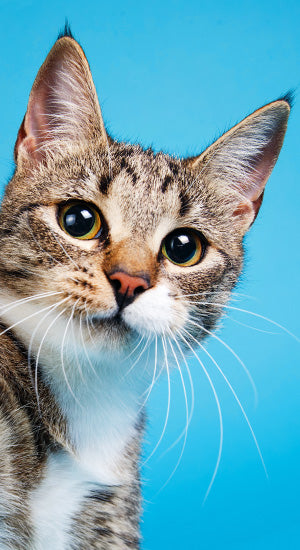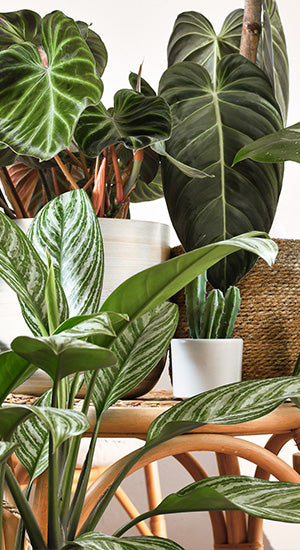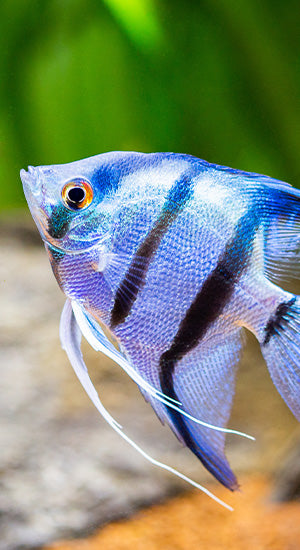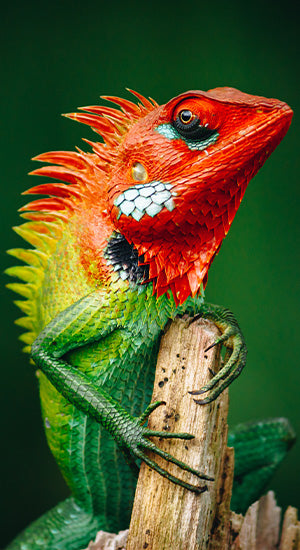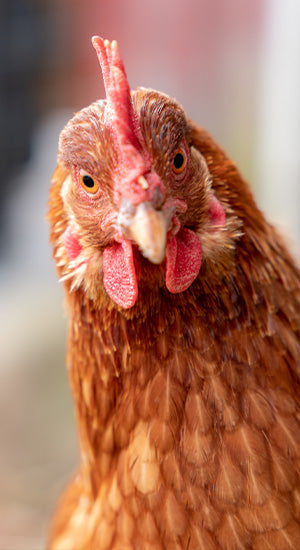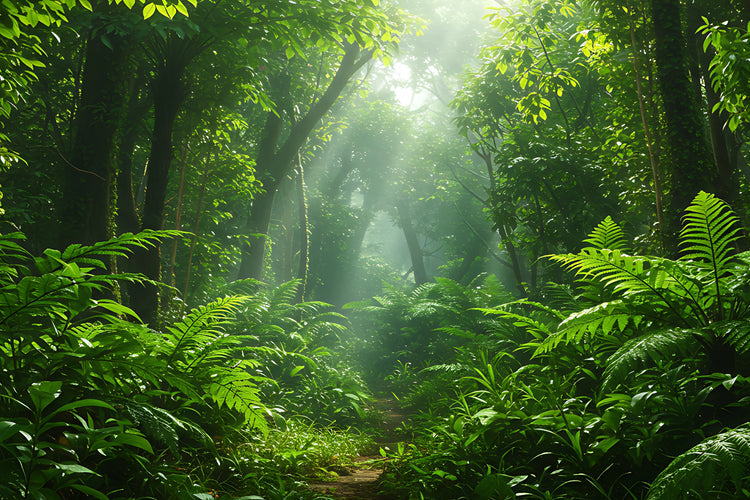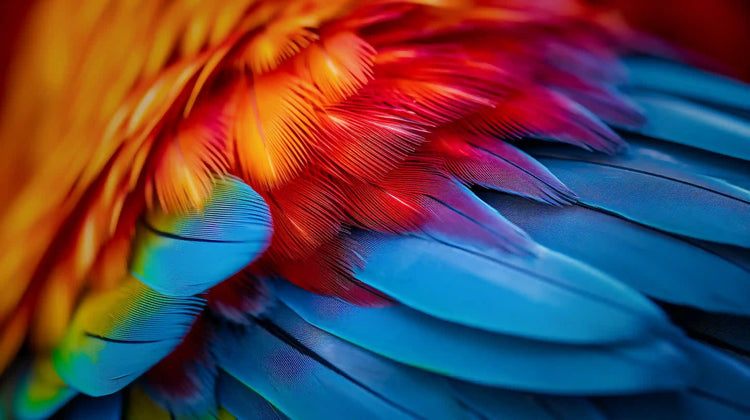Prepping Your Pond
Prepping your pond for fall is the best time to clean it out (before water temperatures fall below 50°F). This is recommended since the fish will still be active and less likely to sustain injuries during cleaning.
Scoop up fall leaves from the surface with a fine net. Your pond keepers may want to pump some of the water out of the pond to expose the planting shelves around the pond periphery. This will make it easier to remove leaves by hand that have adhered themselves to the pond edges and shelves. Using a hose nozzle, blast off the accumulated debris and sludge around the pond shelves and edges, and then remove remaining debris with a net or pond vacuum. When replacing the water after cleaning, remember to add a water conditioner to remove harmful contaminants like chlorine, chloramines and heavy metals.
Once The Pond Is Clean
This is a good time to add a pond net if there are trees nearby to protect it from falling and blowing debris. Suspend the net at least 18˝ above the surface of the pond. Securely fasten the net around the edges to prevent leaves from finding their way underneath it. However, if your pond has frog inhabitants, it is helpful to leave a small opening or two to provide them access to and from the pond. Avoid letting the net sag into the water. Not only will it create a hazard for your fish, but leaves will collect in the submersed area and decay.
Don't Forget The Plants!
This is a good time to add a pond net if there are trees nearby to protect it from falling and blowing debris. Suspend the net at least 18˝ above the surface of the pond. Securely fasten the
Plant life can also be a source of debris. As marginal and deep-water aquatic plants begin to die back, prune the dead stems and leaves to prevent decay in the water during the winter.
In late fall, it is recommended to remove non-hardy aquatic plants like Water Hyacinths or Tropical Lilies from the water after the first frost or when they are no longer looking good. They will make a great garden or flower bed compost for next spring!
For marginal plants in baskets around the perimeter of the pond, move them to deeper water to prevent them from freezing in pond ice. Hardy Water Lilies can be left in the deep end of the pond over the winter. Bog plants can be insulated with straw or a commercial insulating material.
around the edges to prevent leaves from finding their way underneath it. However, if your pond has frog inhabitants, it is helpful to leave a small opening or two to provide them access to and from the pond. Avoid letting the net sag into the water. Not only will it create a hazard for your fish, but leaves will collect in the submersed area and decay.
Closing The Pond For Winter
The first step for a pond keeper is to determine when you should shut down your pond equipment: the pump, the filter and the UV clarifier. In Canada, where temperatures are more extreme, it is recommended to shut the pond down for two reasons; the pump will mix colder surface water with the slightly warmer, more stable temperatures in the pond bottom where fish take comfort and hibernate; and pond owners risk the chance of diverting water out of the pond and emptying it when the flowing water begins to form ice, especially on features like waterfalls or streams.
It is recommended that pond keepers store their equipment indoors safe from the elements. It’s also a good idea to clean and inspect the equipment and replace any broken components. When shutting down the pumps, filters or any other equipment, make sure that there is no water left in the device that may ice up and cause the body/housing to break if you are storing the equipment outside or in an unheated space. If kept inside it helps to place the pump, if it is submersible, in a bucket of water to keep the moving parts and seals wet. At this point it is recommended to do a 20% water change to the pond if possible to make the best healthy environment for your pond's ecosystem to handle the winter season ahead.
Winter Pond Equipment
Gases, which are produced by decomposing organic material, are toxic to fish when they are trapped beneath the ice that is covering the pond’s surface. De-icer’s are designed to keep an area of the pond ice-free during the winter, allowing harmful gases to escape through the opening. In small ponds, a de-icer is especially helpful in preventing ponds from freezing solid. For fish safety, it is extremely important to never break ice on the pond because the shock waves can be detrimental, and sometimes fatal, to fish.
Remember, winter can be stressful on a fish’s immune system. De-icers alleviate stress during the winter, making it easier for them to withstand diseases that are more prevalent in the spring. Another option is using an Air Pump to move a water column to keep ice from forming above on the surface. Please read the instructions for the pump you chose; many are not designed to run the air stone from the bottom of the pond. If run outside of the manufacturer guidelines, you WILL shorten the life of the equipment. This also mixes the water temperatures and is not a healthy choice for the fish in the pond.
Run the stone around the 24” mark to keep things running smooth all winter. Placement of the pond heater or air pump should be in an area out of the prevailing winds to maximize the working capacity. The best set up is with the heater and the air working in the same area as both will benefit from this relationship. A tip that helps with the electrical setup is using a GFCI breaker or electrical plug. You can also include an LED light in the system to know the electricity is running to the pond!
Caring & Feeding Fish During Winter
In Canada, it’s best to leave fish in the pond during the winter, providing the depth of the pond is adequate (30˝ or deeper) and there is little or no water circulation. The denser, warmer water will sink to the bottom of the pond where it will be insulated by the cooler surface water or ice and fish will gather in this deep, warm area. It’s important that some types of fish, such as fancy Goldfish with ornate tails, bubble eyes and lionheads should be brought indoors as they are sensitive to colder weather.
Purchase a Wheat Germ-based pond food developed especially for a spring/fall (Sept on) diet and use it in early fall to get your fish ready for the winter season. As winter approaches, pond keepers should monitor water temperatures daily. When the water temperature falls below 50°F, pond keepers should stop feeding the fish altogether. First time pond keepers may worry about not feeding their fish, but you can assure them that their fish will naturally rely on stored energy reserves to sustain them throughout the winter months.
Fall/Winter Pond Prep Checklist
Reduce the number of leaves falling into the pond with netting or remove them with a pond net
Clean out the pond as outlined above
Cut back dead or dying aquatic plant foliage during the fall
Purchase a Wheat Germ-based pond food developed especially for a spring and fall Diet
Disconnect the pump, filter and UV clarifier before water freezes
Store UV clarifier indoors for protection
Store filters indoors (if manufacturer’s directions suggest)
Purchase or have the pond de-icer ready for installation (needed for everyone that has a pond in Canada)

